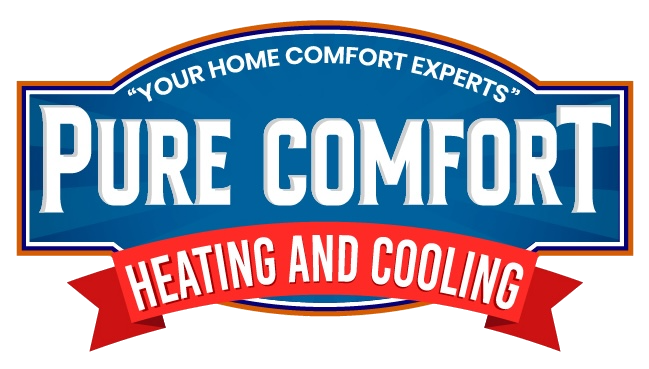
A furnace is almost always a background player at home, ensuring you're warm in the cold winter months. It regularly doesn’t get noticed until something goes wrong.
One root cause might be that your furnace has a cracked heat exchanger. It can potentially be hazardous, so it’s critical to familiarize yourself with the symptoms of a cracked heat exchanger and what you should do if you are worried that might be the problem.
What Is a Heat Exchanger in a Furnace?
A heat exchanger helps transition heat from the combustion chamber inside your furnace to the air that circulates throughout the system. It generally accomplishes this using coils or tubes that heat up the air while functioning as a barrier to keep byproducts created in the combustion chamber, called flue gasses, from leaking out into your home.
Is a Cracked Heat Exchanger Dangerous?
Thanks to its central role, it shouldn't come as a surprise that a broken heat exchanger can be hazardous. A damaged heat exchanger can enable dangerous gasses – including carbon monoxide, which can be lethal – to circulate across your home.
For that reason, do NOT run your heater if you believe it has a cracked heat exchanger, as doing so could make the entire household ill. Reach out to an HVAC professional as soon as possible if you think your heating has a cracked heat exchanger that should be repaired.
Four Signs of a Cracked Heat Exchanger:
- Furnace shuts off: A crack in your heat exchanger may cause your furnace to switch off.
- Odd Smells: If the air coming out of your furnace has a powerful chemical scent, it may be a sign gasses are seeping through cracks in your heat exchanger. These byproducts, which may smell like formaldehyde, are a major warning sign.
- Carbon monoxide alarm goes off or you feel health problems: If a cracked heat exchanger is releasing carbon monoxide in your home, your carbon monoxide alarm should go off or household members may experience signs of carbon monoxide poisoning. Complications include headaches, dizziness, weakness, nausea, vomiting or feeling sleepy. If the alarm goes off or you feel unwell, get out of the home immediately and then call for help.
- Soot: If you see black sooty accumulating on the exterior of your furnace, it’s another sign something may be seriously wrong.
What to Do if the Furnace Heat Exchanger is Cracked
If you suspect your furnace has a cracked heat exchanger, contact a pro well versed in furnace installation Streamwood right away so they can take a look at your system and, if needed, perform a furnace heat exchanger replacement. Costs will fluctuate depending on the situation, but estimates often hover around $1,000 to $3,000.
However, the good news is that heat exchangers are generally covered by the warranty. It's a good idea to review the warranty paperwork on your furnace, since while the warranty might not cover the entire cost of repairs, it can significantly shrink your bill.
How to Prevent a Cracked Heat Exchanger in Your Home
One of the easiest ways to minimize the risk of problems in your furnace overall is with consistent furnace maintenance. Furnaces offer the most benefits when they operate efficiently. Calling a skilled professional to check your furnace for worn-out parts, dirty filters and other potential problems can help you avoid getting a big bill later on.
It’s also helpful to take a look at your furnace filters every few months – it’s encouraged some filters be replaced every 90 days or sooner if they are dirty or grimy. While the filters aren't connected to the heat exchanger itself, the strain of dragging air through a clogged filter makes the entire furnace work harder to accomplish its job. And the harder your furnace works, the more wear and tear components like the heat exchanger will sustain.

